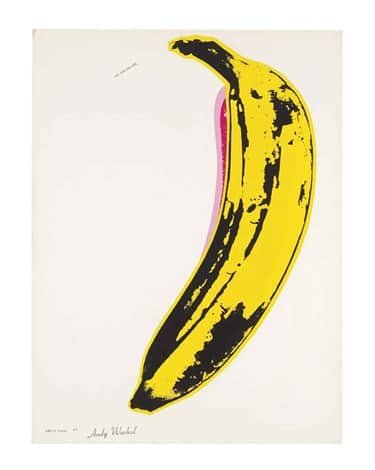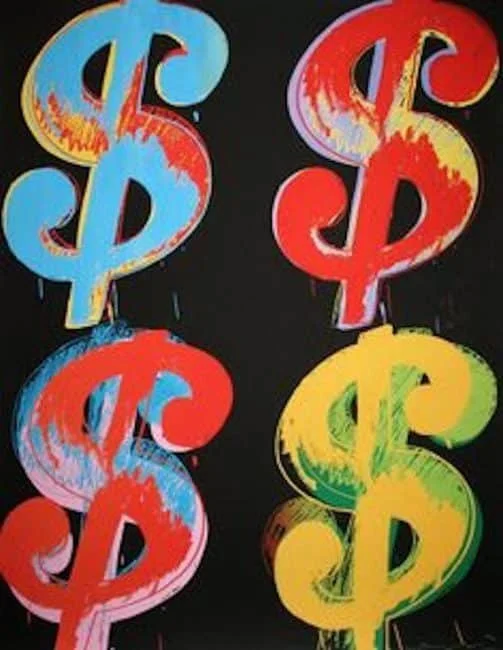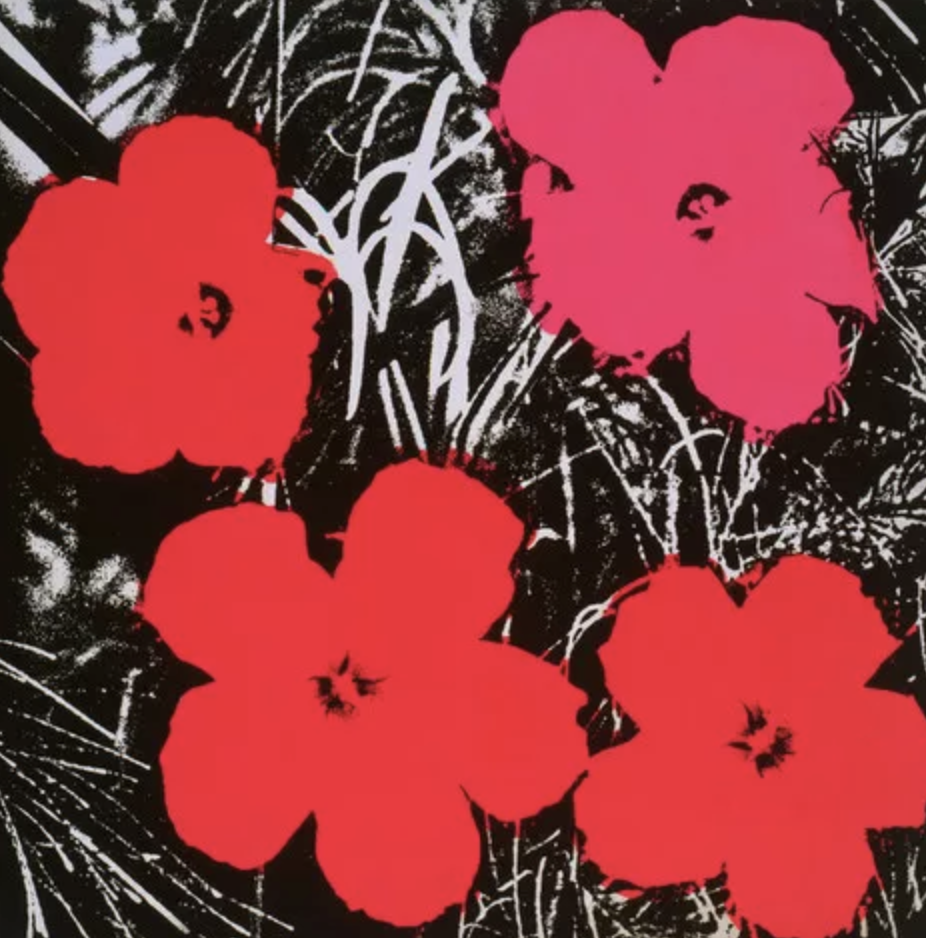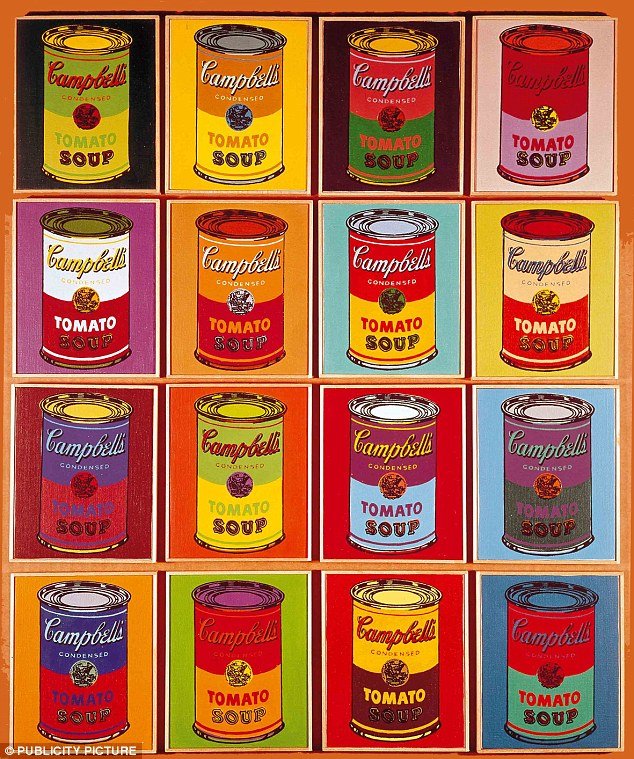Pop Art
“Making money is art and working is art and good business is the best art.”
Marilyn Diptych, 1962,
Andy Warhol Acrylic paint on canvas, silkscreen. 205.44 cm × 289.56 cm, Tate, London.
The post-World War II economic boom in the United States – with its new homes, fashions, cars and ‘modern conveniences’ – marked the rapid expansion of the advertising-led consumer economy, and associated individualism, that still pervades today. Art reflects society and Pop Art rose in tandem with this changed commercial world. The term – short, simply, for ‘popular art’ – is said to have been coined by John McHale in 1954 although some credit its origin to another British art critic, Lawrence Alloway.
The bold images, typography and graphics of advertising campaigns found a new home in the gallery. While pop art built on movements from the first half of the 20th Century such as fauvism, impressionism and futurism, it also adopted a new graphic language inspired by mass media, including comic books and magazines and adverts. As the movement reflected the rapidly shifting post-war economy, it simultaneously satirised the consumer boom and the art world.
The aggression and clarity of American art is exemplified by the work of Andy Warhol, Roy Lichtenstein and James Rosenquist. Warhol started a discussion on the interaction between capitalism, advertising and Hollywood culture. His art represented the familiar and approachable, making a star of everyday things including consumer goods and images from popular media, a departure from the dominant approaches to high art which often depicts philosophical, theological, moral, and mythological themes. These artists questioned the exclusivity of the artistic elite and created new works that parodied conventional ideas of what art should be. Pop artists adopted the commoditisation of manufacturing and commerce to replace uniqueness, using silk screen printing to subvert the paradigm of artistic originality.
“Pop Art looks out into the world. It doesn’t look like a painting of something, it looks like the thing itself.”
James Rosenquist, President Elect, 1960–61.
Just what is it that makes today's homes so different, so appealing?
Collage by John McHale and Richard Hamilton
Warhol’s famous aphorism, "In the future, everyone will be world-famous for 15 minutes", has a particular resonance in the age of the social media influencer, where celebrities are often self-made and their fame and influence in truth sometimes fatuous and fleeting. Today, the individual is the commodity and we see it being played out in British politics in terms of everyone throwing their hat into the ring. Boys and girls are the devil’s new economy, as one song has it. What would pop artists like Warhol have made of it?
Further Viewing/Reading
Galleries that have Pop Art on display include The Tate Modern - Beyond Pop
Catch up online with the Andy Warhol exhibition at The Halcyon Gallery
Andy Warhol’s America 1:1 Living The Dream, BBC iPlayer
Buy Pop Art Guide by The Artling, by Nathalie Soo








